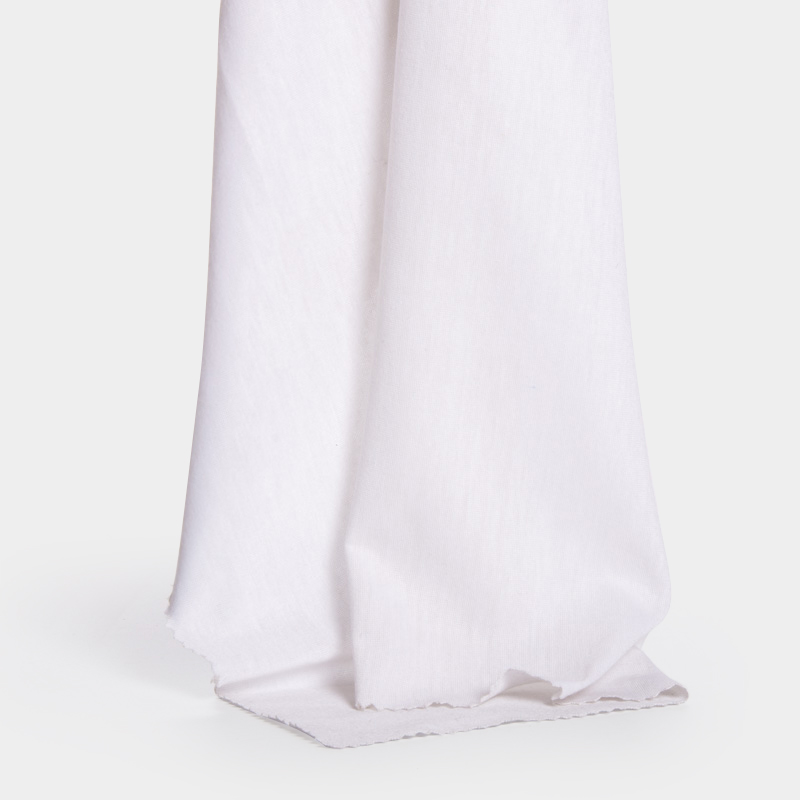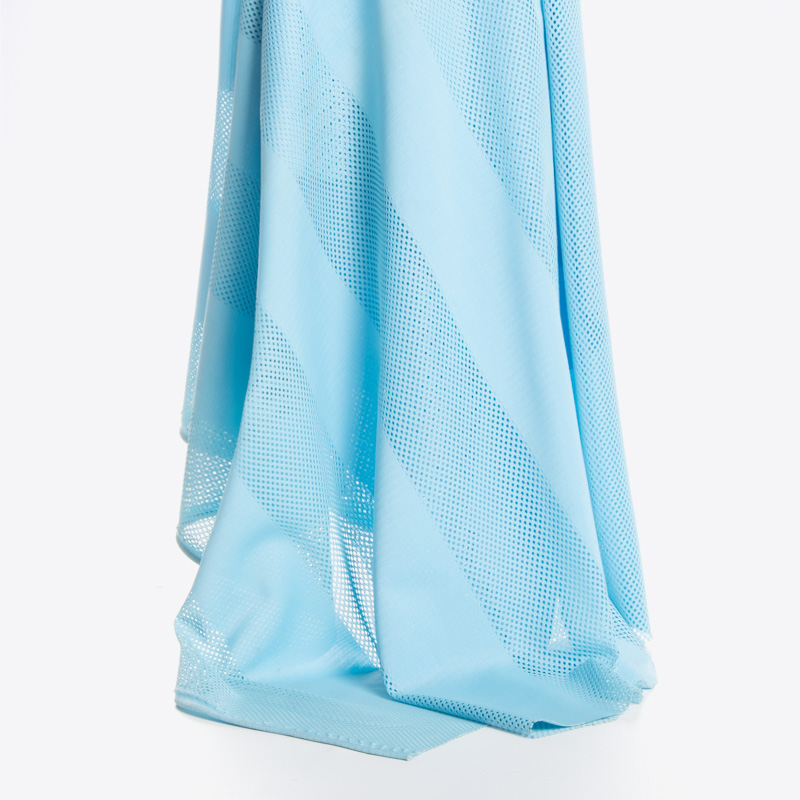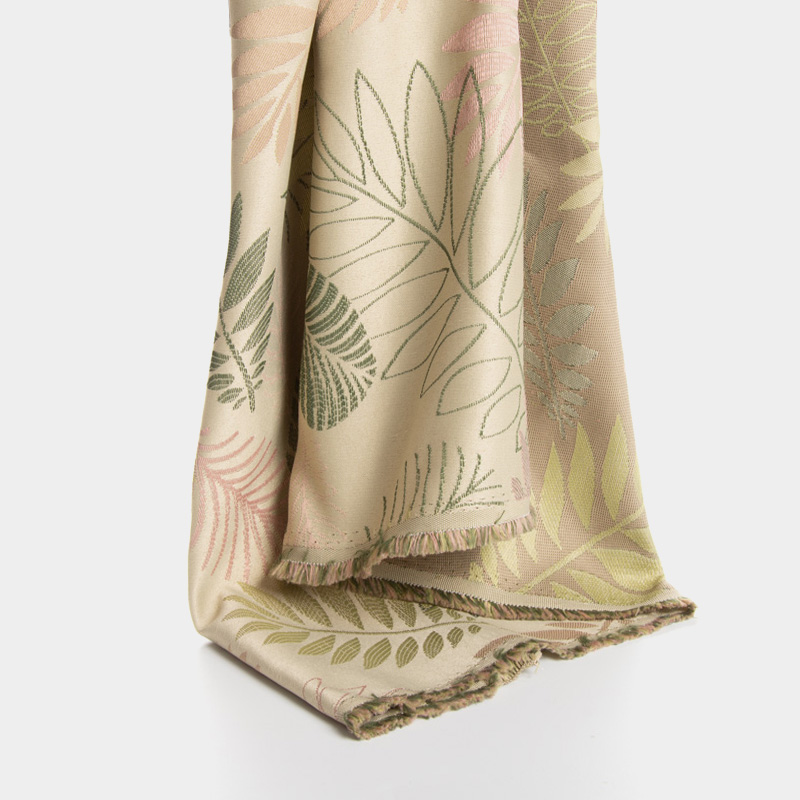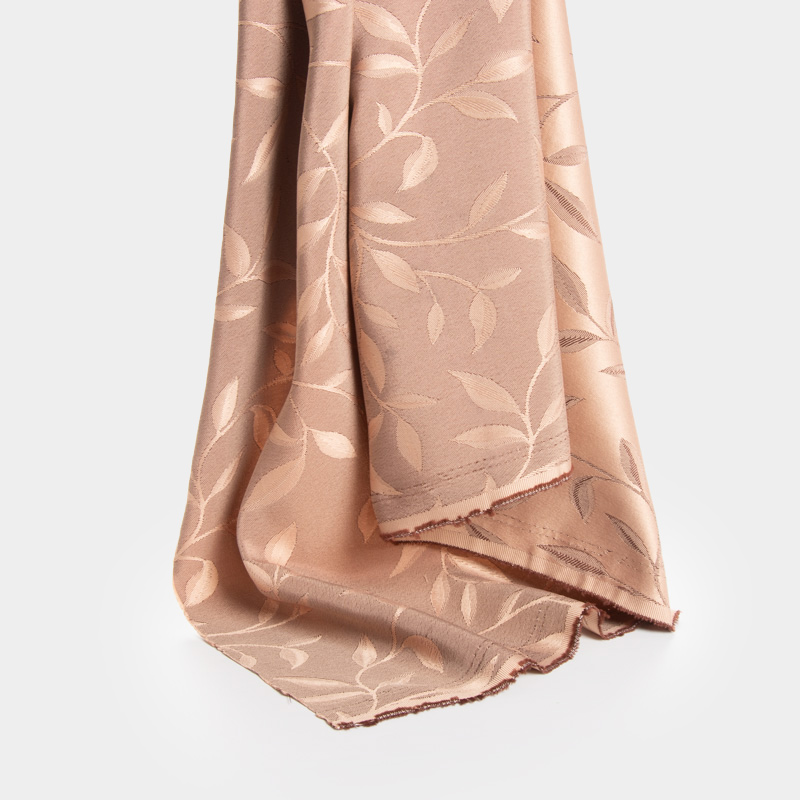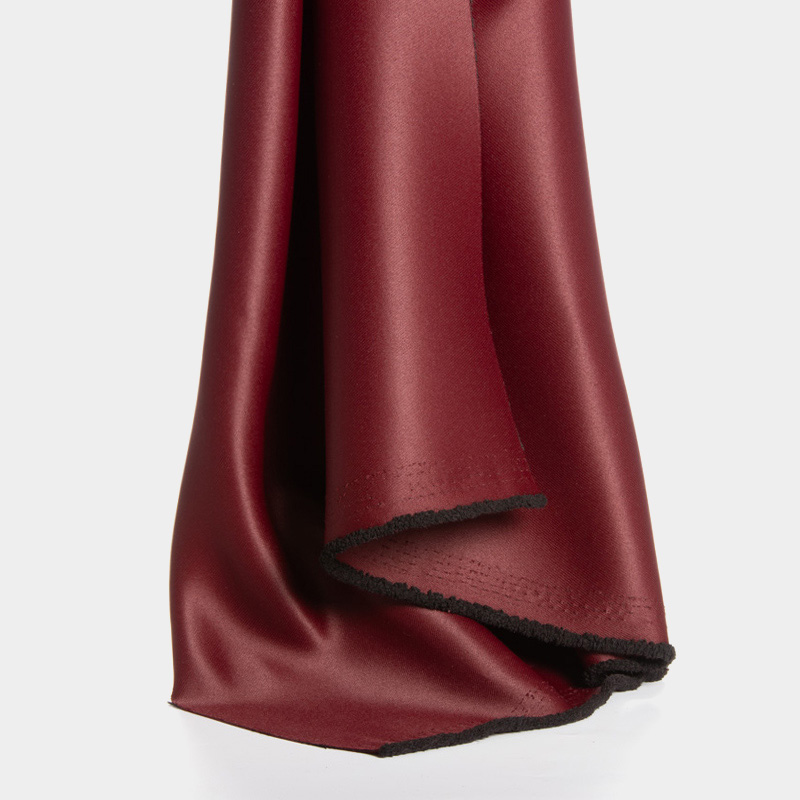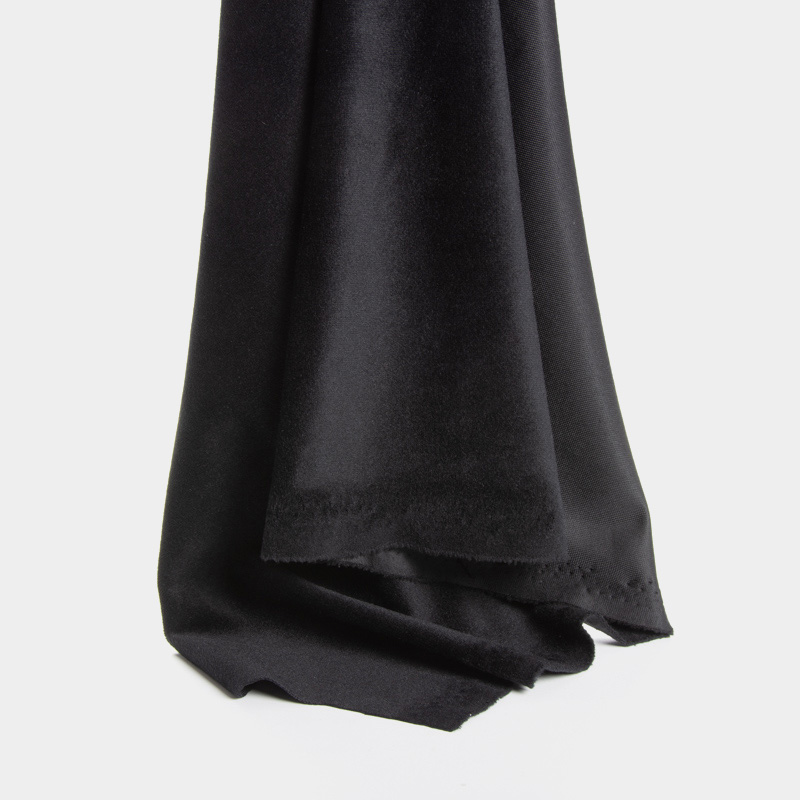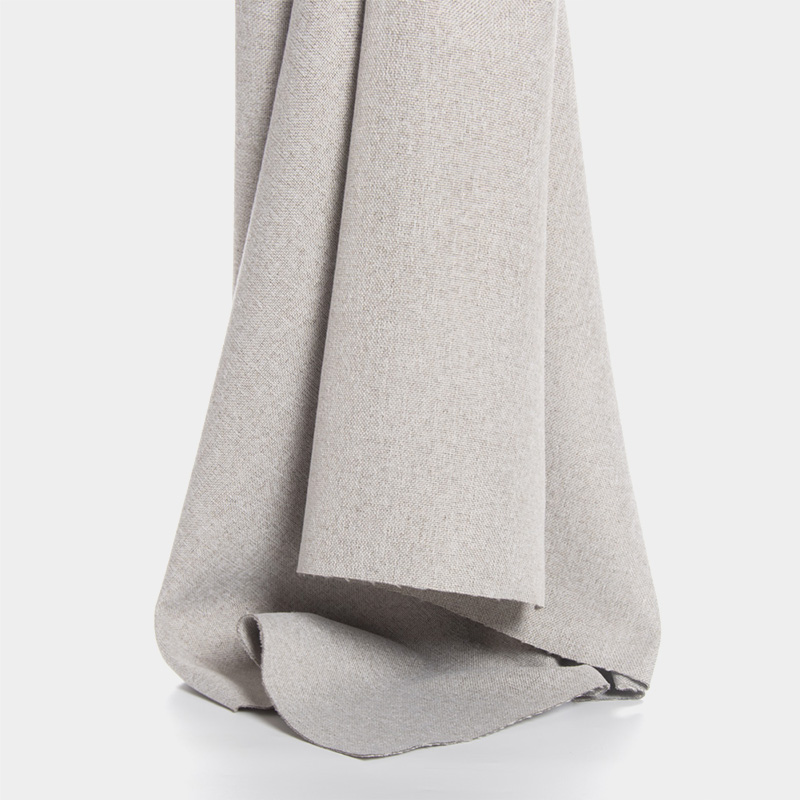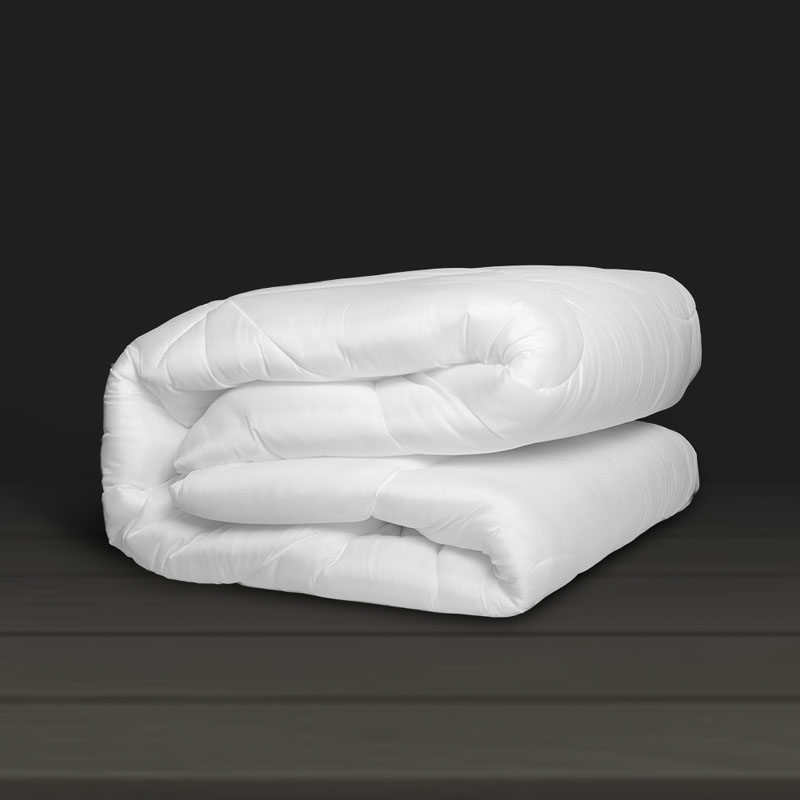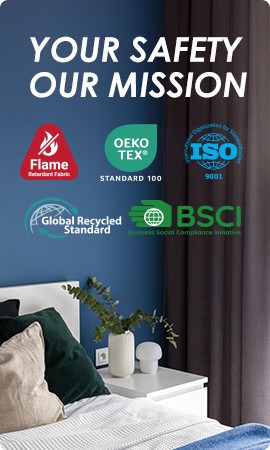What Kind of Fabric Is Non-Flammable?
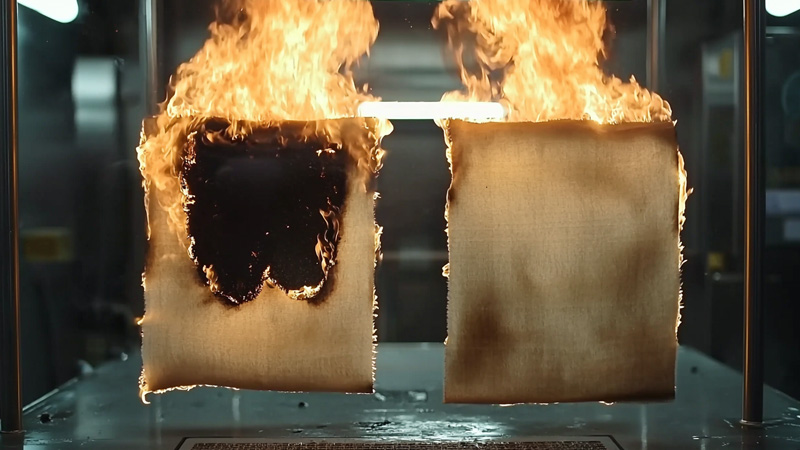
This question isn’t simple to answer because no fabric is completely fireproof . However, some fabrics have excellent flame-retardant properties, meaning they can quickly stop burning after coming into contact with fire. This greatly reduces the danger of fires. In this article, we’ll explain, in simple terms, the burning characteristics of different fabrics and how to choose safer materials.
1. Which Fabrics Burn Easily?
- Common Synthetic Fabrics:
Examples include polyester, nylon, spandex, and acrylic. These fabrics have low melting points and can quickly melt and burn when exposed to fire. The melted material may stick to the skin and cause severe burns. They also release toxic fumes that harm the respiratory system. Examples: stockings, mesh fabric, synthetic chiffon. - Lightweight Fabrics:
Thin fabrics like sheer cloth or light cotton burn faster because of their weight and structure.
2. Which Fabrics Are Non-flammable?
Natural Fibers:
- Cotton: Pure cotton has a higher ignition point (about 200°C). It burns and turns to ash, causing less secondary harm to the body. Heavy cotton fabrics, like denim or mercerized cotton, are harder to ignite.
- Wool and Silk: These natural fibers can self-extinguish when removed from a flame, making them safer options for clothing.
- Linen: Although linen is a natural fiber, it has a lower ignition point and rough texture, so caution is still needed.
Flame Retardant Treated Fabrics:
- These fabrics are specially treated to slow down burning and self-extinguish when removed from fire. They are widely used in firefighting gear and protective clothing.
Common Non-flammable Fabrics:
- Flame Retardant Polyester Fabric: This fabric is treated to slow flame spread. It is durable (resistant to wear and tear) and sometimes water-resistant or breathable. It’s used for workwear, home textiles, outdoor gear, and car interiors.
- Flame Retardant Cotton Fabric: This is cotton treated with a flame-retardant process. It keeps the softness and breathability of cotton while adding flame resistance.
- Aramid Fabric: This material has permanent flame resistance, high-temperature tolerance, and durability, making it suitable for special industries.
- CVC Flame-Retardant Fabric: This blended fabric combines the durability of polyester with the high ignition point of cotton. It is commonly used in protective clothing.
3. What Factors Affect Fabric Flammability?
- Fiber Type: Natural fibers are generally safer than synthetics, but fabric weight and weaving also matter.
- Fabric Thickness: Heavier fabrics like denim burn more slowly, while lightweight fabrics ignite more easily.
- Weaving Density: The tighter the weave, the slower it burns. For example, denim burns more slowly than ordinary cotton fabric.
- Flame-Retardant Treatment: Some treated fabrics have significantly better fire safety.
4. Non-flammable ≠ Fireproof
Flame-retardant fabrics don’t mean they won’t burn at all. They only slow down the fire, control the burning speed, and self-extinguish when removed from the flame. For example, flame-retardant cotton can stop burning within 12 seconds, giving the wearer valuable escape time.
For experiments on flammable and non-combustible fabrics, you can refer to the video below.
5. How to Choose Safe Fabrics in Daily Life
- Avoid flammable synthetic materials, especially when near open flames, like in the kitchen or at barbecues.
- For children and elderly people, choose natural fibers like cotton or linen to reduce the risk of accidental burns.
- For special jobs (e.g., firefighting or chemical industries), always choose professionally treated flame-retardant fabrics or Non-flammable fabric.
Conclusion
While no fabric is completely fireproof, understanding the characteristics of different materials can help you choose safer options. Natural fibers and flame-retardant treated fabrics are the best choices, especially in fire-prone environments. Choosing the right clothing materials ensures better safety for you and your family.

